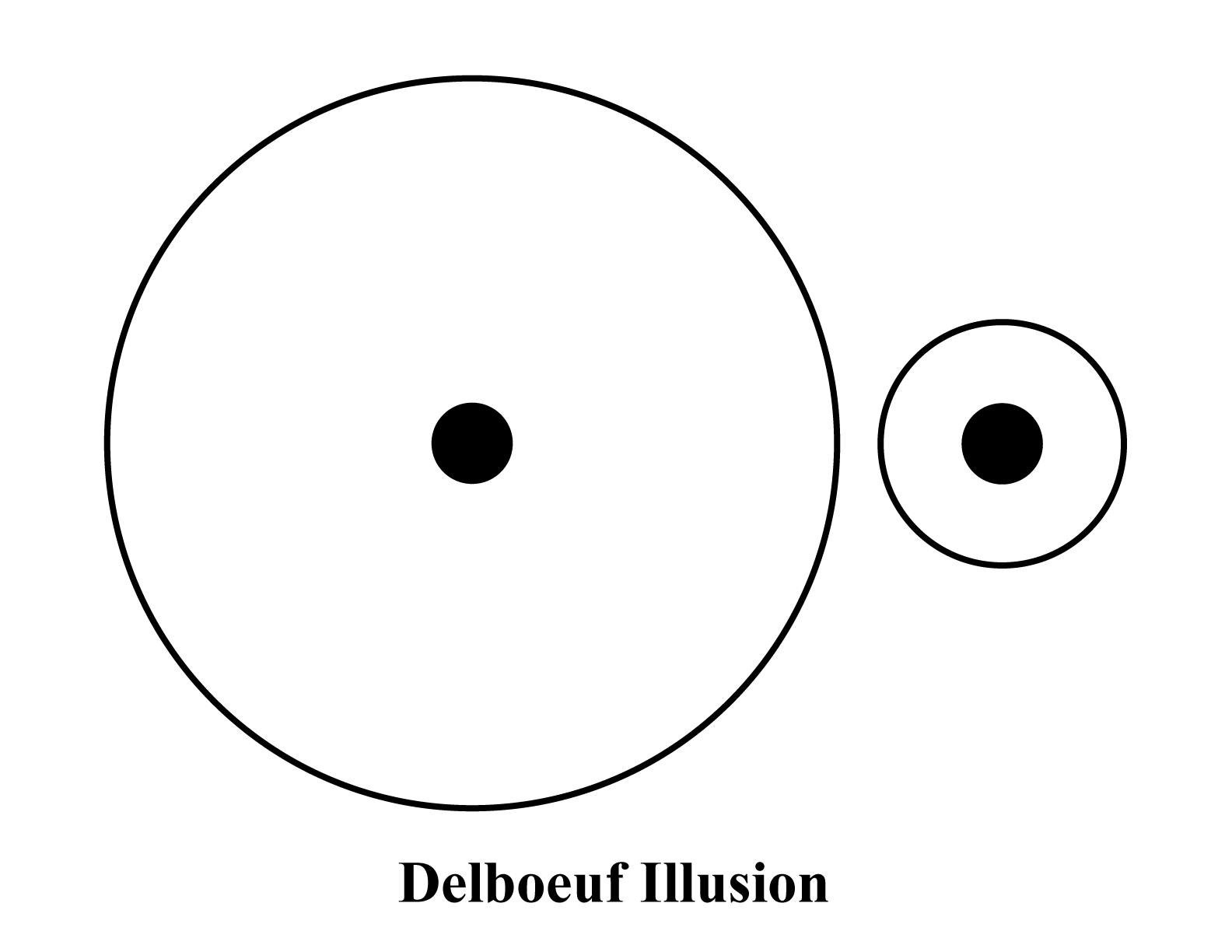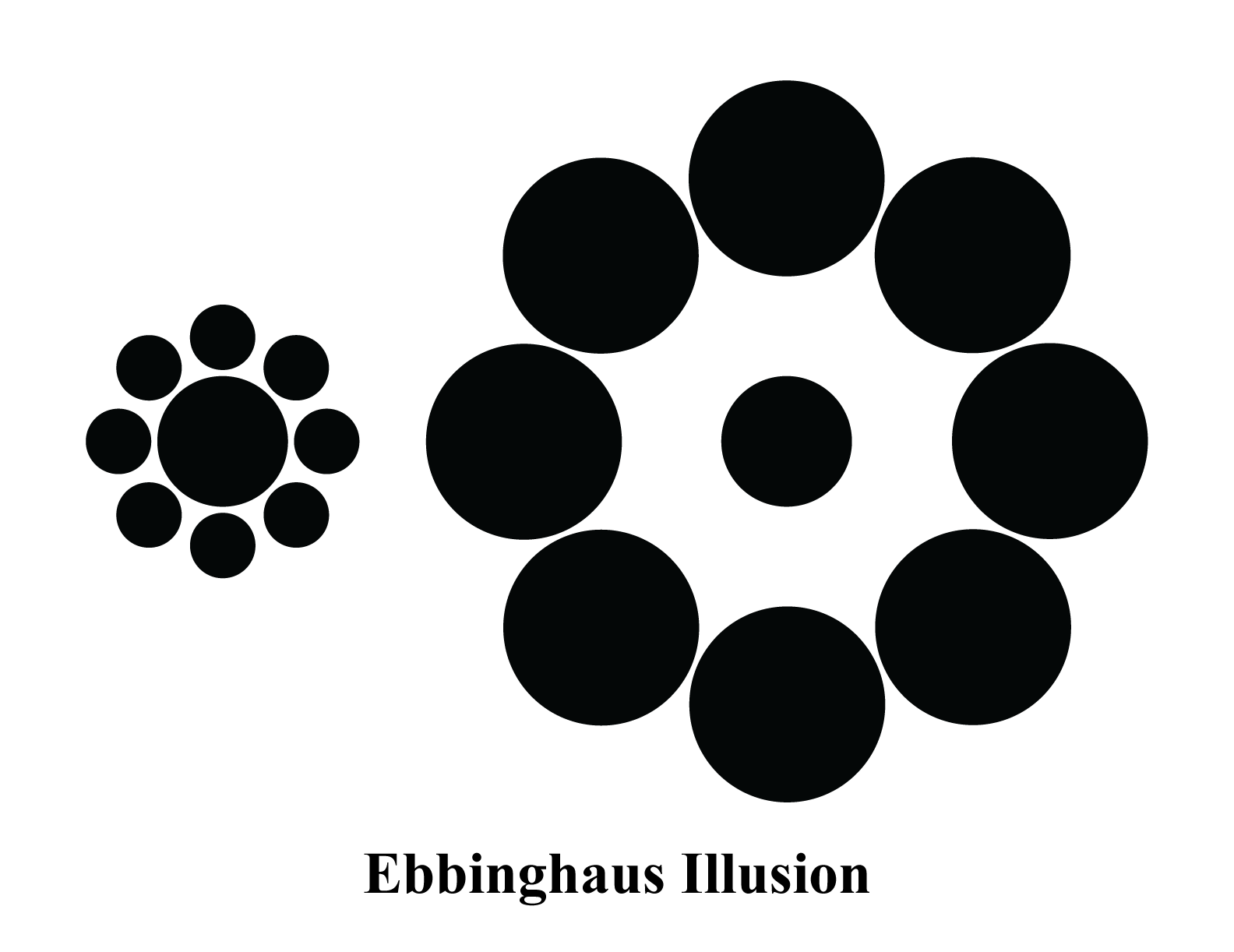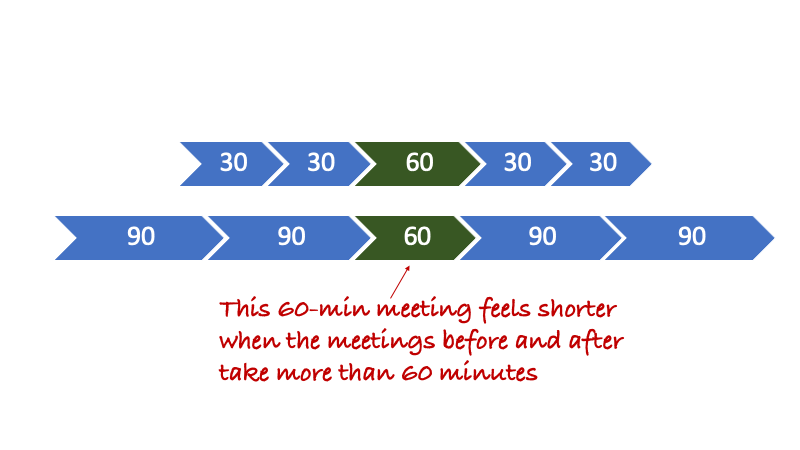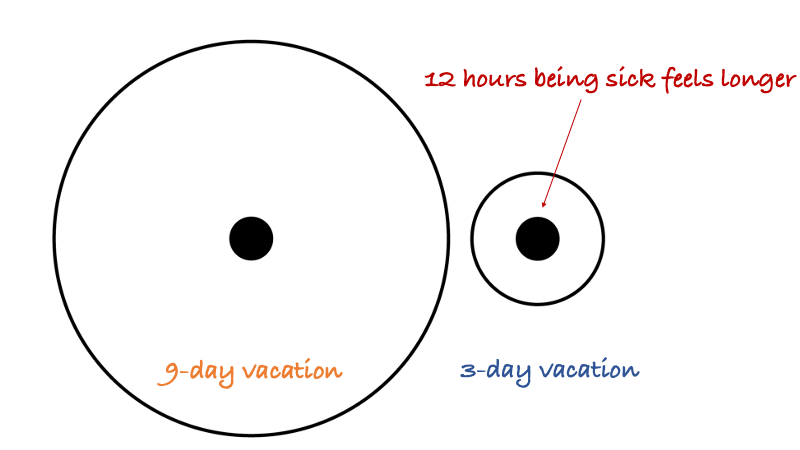Einstein’s theory of special relativity suggests that time passes at a different rate depending on the speed of your movement. Time is relative and depends on one’s movement. However, a certain amount of time can still feel really different to each of us, even when we are not traveling near the speed of light (like most of us reading this blog). A watched pot never boils, or a watched toaster never pops in Garfield’s case (see cartoon below). Some students may experience a math class as tedious where the second hand on the clock seems to tick a little slower than usual. Other students who enjoy the subject may feel that the class ends too quickly.

So, time is not objective. The way that we think about time does not simply depend on our ability to estimate the amount of time passed precisely. In everyday life, we spend time thinking about future events and how they might feel before we make decisions about whether and how to engage. Well, then what factors determine how long an event will feel to us?
In a study recently published in the Psychonomic Society journal, Cognitive Research: Principles and Implications, Brittany Tausen (pictured below) sought to understand how people perceive the duration of time in different scenarios. In a series of experiments, Tausen found that the way people view time is influenced by context and expectation.

In one experiment, Tausen asked participants to consider how far away two dates between a fixed unit of time, say a month, would feel, or how soon the time between these two dates would pass. The participants tended to report that one month passes faster if the two dates were many months from now (like January 1st to January 31st, 2023) as opposed to starting soon (like October 1st to October 31st, 2023), even though they estimated that the same amount of work or things would happen during the month. These findings suggest that people perceive the duration of time differently depending on how close the time is from the present. The more in the future the time an event takes place, the more compressed it feels.
Temporal illusions can sometimes be analogous to known visual illusions. In the Delboeuf Illusion (pictured below), two identical dots look different in size when they are surrounded by two different-sized circles. The larger the surrounding circle, the smaller the central dot looks. Tausen explored if such an illusion can be applied to time judgment in which the same length of time embedded in a longer time frame would feel shorter than if it were embedded in a shorter time frame.

Participants were asked to imagine that they got sick in the middle of a 3-day vacation versus a 9-day vacation and that they were only sick for 12 hours, after which they felt completely fine and enjoyed the rest of the vacation. Participants reported that the 12 hours of sickness felt much longer during the 3-day vacation as opposed to the 9-day vacation (as shown in the illustration below). Interestingly, the magnitude of the effect remained the same when participants estimated how long 12 hours spent with a friend would feel during a 3-day business trip versus a 9-day business trip. This suggests that the way we think about an event within a particular context does not depend on whether they are considered positive (like a vacation or spending time with a friend) or negative (like a business trip or being sick). Rather, it is the relative length of the event and the relative length of the context that decide how we perceive the duration.
The Ebbinghaus Illusion (shown below) another well-known visual illusion, demonstrates that a larger size of surrounding dots makes the perceived size of the central dot smaller. It also shows that the central dot feels larger than its actual size when it is placed in the middle of several smaller dots.

To test this illusion in terms of time events, Tausen had the participants imagine meeting with five clients back-to-back in one day. The participants were given two separate meeting schedules where the first two meetings and the last two meetings lasted for 30 minutes or 90 minutes but the third meeting was fixed at 60 minutes. The results showed that the 60-minute meeting felt much longer when the other meetings before and after only took 30 minutes. Yet, it felt much shorter when the other meetings were all 90 minutes (as shown in the illustration below). These findings show that the Ebbinghaus Illusion provides us with a tool for understanding how we view time according to the context in which an event occurs.
These experiments tell us that people assess how quickly a specific time event passes in connection with other time information. Tausen further developed some scenarios based on these subjective time perceptions and found that they influence our decision-making (this video shows an example of how our eating behavior is tricked by the visual Delboeuf Illusion). For instance, participants who were asked to imagine going on a shorter vacation would demand more monetary compensation if a flight delay affected their vacation. Also, when asked to volunteer for 2 hours for an event at a local charity, participants were more willing to help when the 2-hour volunteer work was offered in addition to several longer time slots.
Combined, these findings illustrate that our expectations about how future events will feel are easily manipulatable by altering the context in which they occur, which in turn influences the decisions we make. In this way, as Tausen suggests, “we can help ourselves and others think about time in a way that positively impacts emotional expectations about and decisions related to future events.”
Featured Psychonomic Society article
Tausen B. M. (2022). Thinking about time: Identifying prospective temporal illusions and their consequences. Cognitive Research: Principles & Implications, 7(1), 16. https://doi.org/10.1186/s41235-022-00368-8

